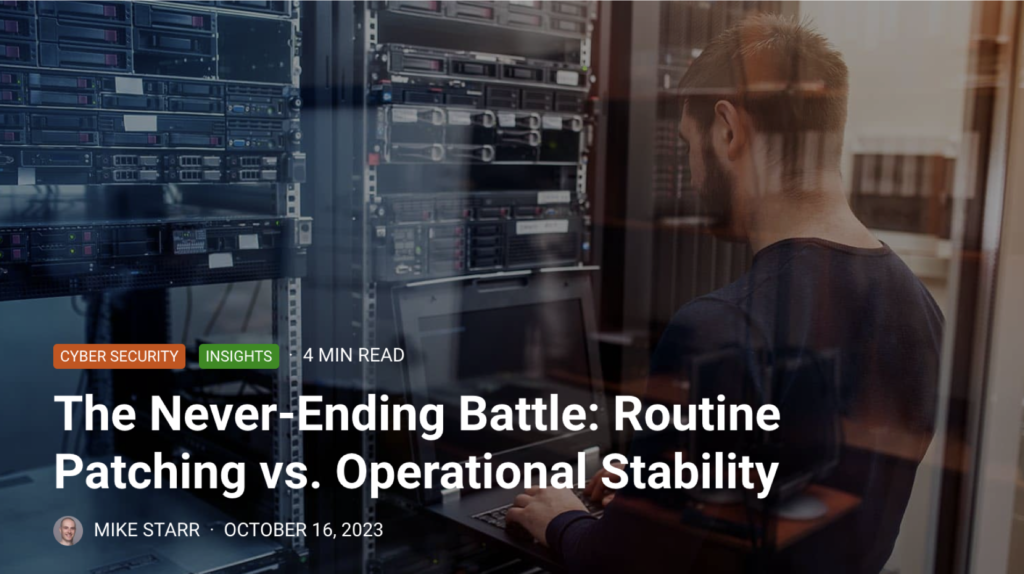The Real Tragedy (Potentially) Caused by the Crowdstrike Outage

Twenty years ago, the risk calculation with respect to patching favored a cautious approach: patches frequently caused disruptions and threat actors were both fewer in number and their tools and communities were much less sophisticated (not to mention monetizing a successful compromise was infinitely more difficult without crypto-currency). Fast forward to today, and that calculation is inverted,
Weighing down cyber risk options: how to make objective cybersecurity decisions without negatively impacting the organization’s IT teams?

It’s often paid lip service to (or worse, intentionally neglected), and rarely appreciated, but there’s an operational cost to be paid for security. Security controls create inefficiencies, and those security measures can also introduce operational risk.
Why Existing Vulnerability Management Solutions Aren’t Working

The vulnerability management market answers every question a practitioner or cybersecurity professional could want answered…except the only one that matters: will this patch break my shit.
The Never-Ending Battle: Routine Patching vs. Operational Stability

It’s time for vulnerability management technology innovators to spend less time identifying and reporting on vulnerabilities, and more time building tools to help IT teams fix them more efficiently…and without their fingers constantly crossed.